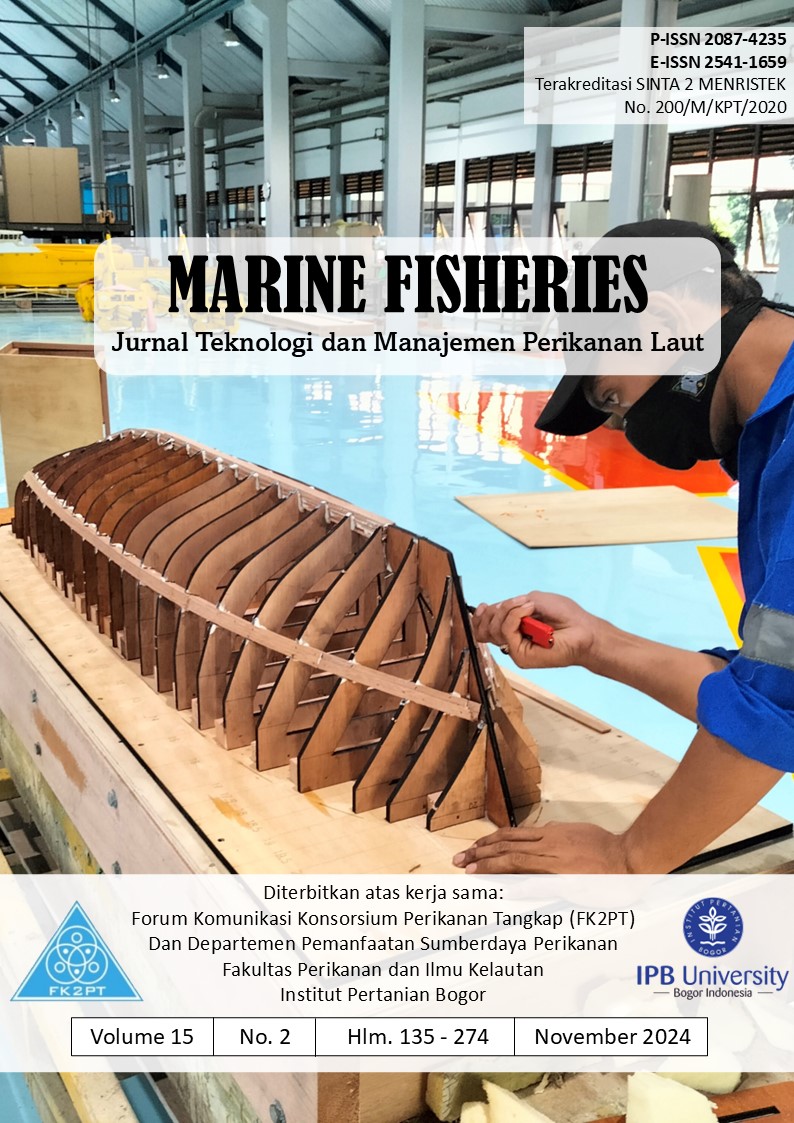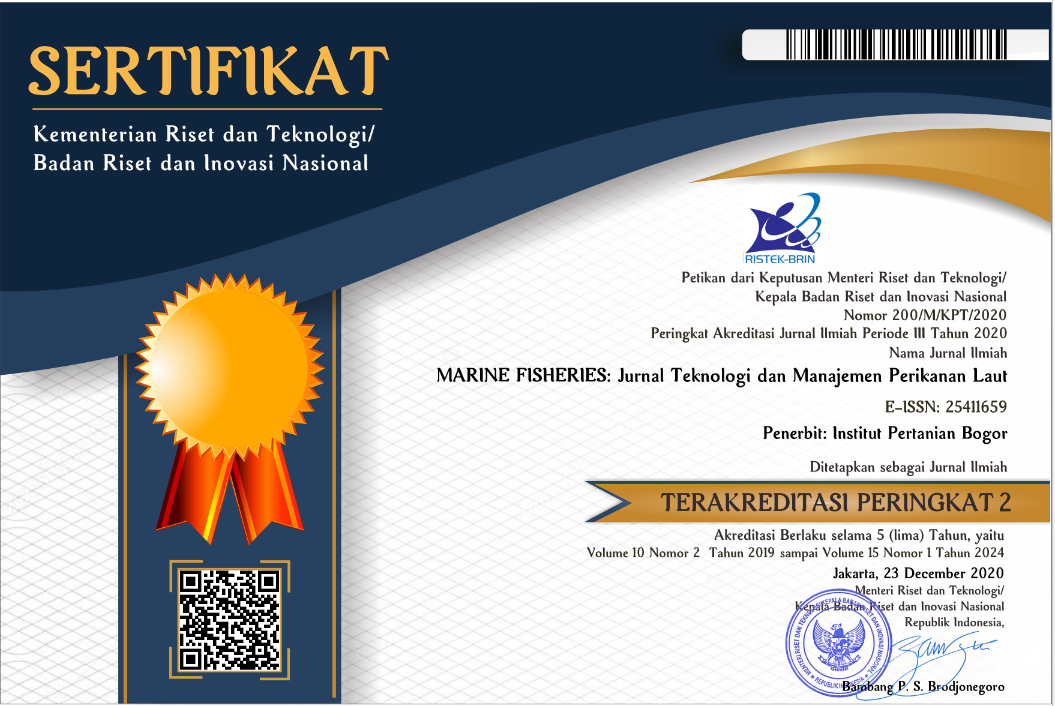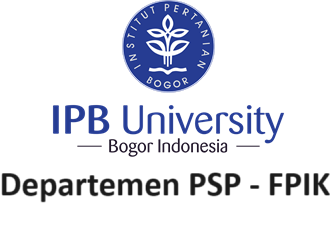FRESHWATER STINGRAY FISHERMEN’S INCOME IN MUSI RIVER, PALEMBANG CITY, SOUTH SUMATRA
Abstract
Freshwater stingrays are one of the catches targeted by fishers in the Musi River of Palembang City. However, freshwater stingrays are listed as endangered species by the IUCN, and Indonesian government regulates their preservation. Prohibiting the capture of freshwater stingrays can have significant impact on the livelihoods of fishers around the river. This research was designed to analyze fishers’ income and identify the contribution of freshwater stingray catches toward fishers’ income. According to income analysis, the results show that the average fishers’ income is around IDR 269,542.13 - 655,287.47 per trip per day with an R/C ratio to the total cost is 3.78 in the regular season and 2.14 in the low season. The share of freshwater stingray catches toward the total income ranges from 14.22% to 20.93%.
Keywords: elasmobranch, livelihood, profit sharing, sustainable fisheries
Downloads
Copyright (c) 2024 Nabila Nur Septiani, Pini Wijayanti, Sahaya Aulia Azzahra, Lailatun Nikmah, Kastana Sapanli

This work is licensed under a Creative Commons Attribution-NonCommercial 4.0 International License.
Author(s) who published in this journal agree to following terms:
- Author(s) must understand and agree that the copyright script in published owned by the Marine Fisheries Journal. The copyright includes reproducing and selling the manuscript to all parties.
- Everyone can cite every manuscript published in Marine Fisheries for educational purposes, with the author's name and the Marine Fisheries Journal on reference.










